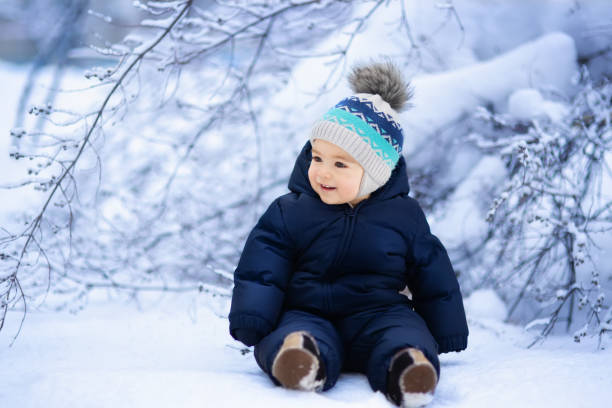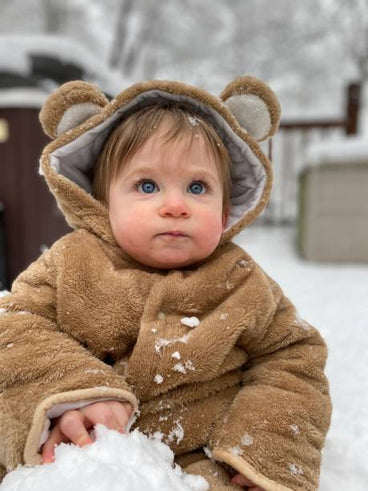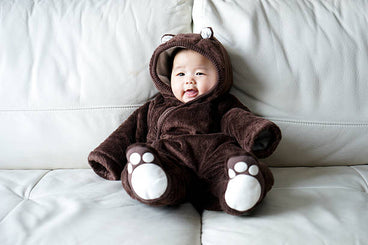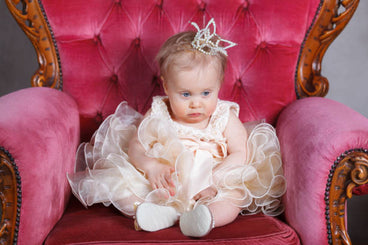Why Choosing a Warm Winter Coat for a Baby is Crucial
Babies lose body heat far faster than older children and adults, so a winter coat isn’t just a fashion item—it’s one of the most important layers for their health in cold weather. A properly insulated coat protects their core, serves as a barrier against wind and moisture, and helps prevent chills or hypothermia in harsh conditions. Even for short outdoor trips it’s wise to select outerwear that offers warmth, weather resistance and safe comfort. For high-insulation outerwear options,
Shop fully padded baby winter coats here.
What Features Make a Baby Coat “Warmest” in Winter?
The most effective warm coats combine several key features: thick insulation (such as down or synthetic fill), wind- and water-resistant outer shells, snug hoods that cover the ears, elastic or fleece-lined cuffs, and longer cuts that cover the baby’s bottom. A fleece or thermal lining adds another layer of comfort without bulk, and clever design details like 2-way zippers or hidden snaps help with quick diaper changes without letting cold air in. When you see all these features together, you’re looking at one of the warmest baby coats you can buy. For premium feature models
browse feature-rich baby winter coats here.
Which Fabrics and Insulation Are Best for Extreme Cold?
Natural down remains one of the top insulators because of its warmth-to-weight ratio, but high-quality synthetic fills now compete closely—especially because they work better when damp. Look for coats with tightly-woven outer fabrics that block wind and repel light snow, and inner linings made of soft fleece or micro-fibre that trap heat near the skin. Avoid very thin shells or purely decorative outerwear, as these won’t retain warmth effectively. Prioritize insulation over style if you live in cold climates. For expertly insulated coats
explore high quality baby winter coats here.
How to Make Sure the Coat Fits and Is Practical for Your Baby
A warm coat needs to fit properly—not too tight and not too long—to allow your baby to move freely while staying covered. It should allow room for layering underneath without restricting movement, and you should still be able to bend their arms and legs easily. Important practical details include a hood that stays on, secure fastenings that prevent cold drafts, and wipeable outer material for messes. If the coat is bulky, ensure it fits safely in car seats if you go out with your baby. For size-friendly picks
Shop baby winter coats in multiple sizes here.
When Should You Use the Heaviest Coats vs. Lighter Layers?
Not all winter outings require the thickest coat—but the heavier ones shine when it's windy, snowy, or temperatures drop significantly. For mild cold or short indoor/outdoor transitions, a lighter insulated jacket layered over thermal base garments might suffice. Save the full-puffer style for longer outings or especially cold days. It’s always a good idea to check your baby’s back or tummy for warmth—not just their face or hands—to ensure they’re neither too hot nor too cold. For versatile layering options,
browse baby coats for varied winter conditions here.
Final Thoughts: Investing in Warmth and Comfort
A winter coat is more than just cute—it’s essential for keeping your baby safe and comfortable when the cold sets in. Focus on insulation, weather protection, proper fit and practical features above all. A well-chosen warm coat gives you peace of mind and your baby the cozy protection they need to explore, play and nap outside regardless of winter weather. To find your next go-to baby winter coat









